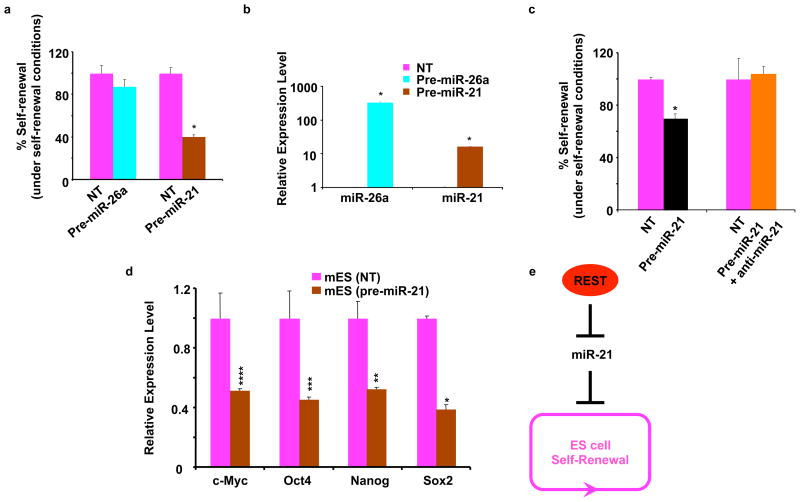Figure 4. MiR-21 regulates self-renewal in mouse ES cells.
a, Addition of exogenous precursor-miR-21 (pre-miR-21), but not non-targeting siRNA (NT) or pre-miR-26a, caused a decrease of self-renewal in mES cells. * p < 0.0001. The error bars correspond to three replicates (n=3). b, Addition of exogenous pre-miR-21 and exogenous pre-miR-26a but not NT to mES cells resulted in increased levels of their corresponding miR expression levels. Results of Q.RT-PCR assays performed with NT-, pre-miR-26a- and pre-miR-21-transfected cells 1 d after transfection are shown. * p < 0.0001. The values are represented as mean +/− SD (n=3). c, The effect of miR-21 on loss of self-renewal was specific. Addition of exogenous pre-miR-21 along with anti-miR-21 rescued the loss of self renewal by pre-miR-21 alone. * p < 0.0001 (there was no significant difference between NT and Pre-miR-21 plus anti-miR-21 values). The error bars correspond to three replicates (n=3). d, Addition of exogenous pre-miR-21, but not NT, to mES cells resulted in loss of self-renewal markers Oct4, Nanog, Sox2, and c-Myc. Q.R-PCR after transfection of mES cells with pre-miR-21 and NT was performed 5 d after transfection to detect the expression levels of the self-renewal markers. * p < 0.0001; ** p = 0.002; *** p = 0.007; **** p = 0.008. The values are represented as mean +/− SD (n=3). e, Proposed model of REST-mediated maintenance of self-renewal through miR-21. REST maintains self-renewal and pluripotency of mES cells by suppressing miR-21 expression.

